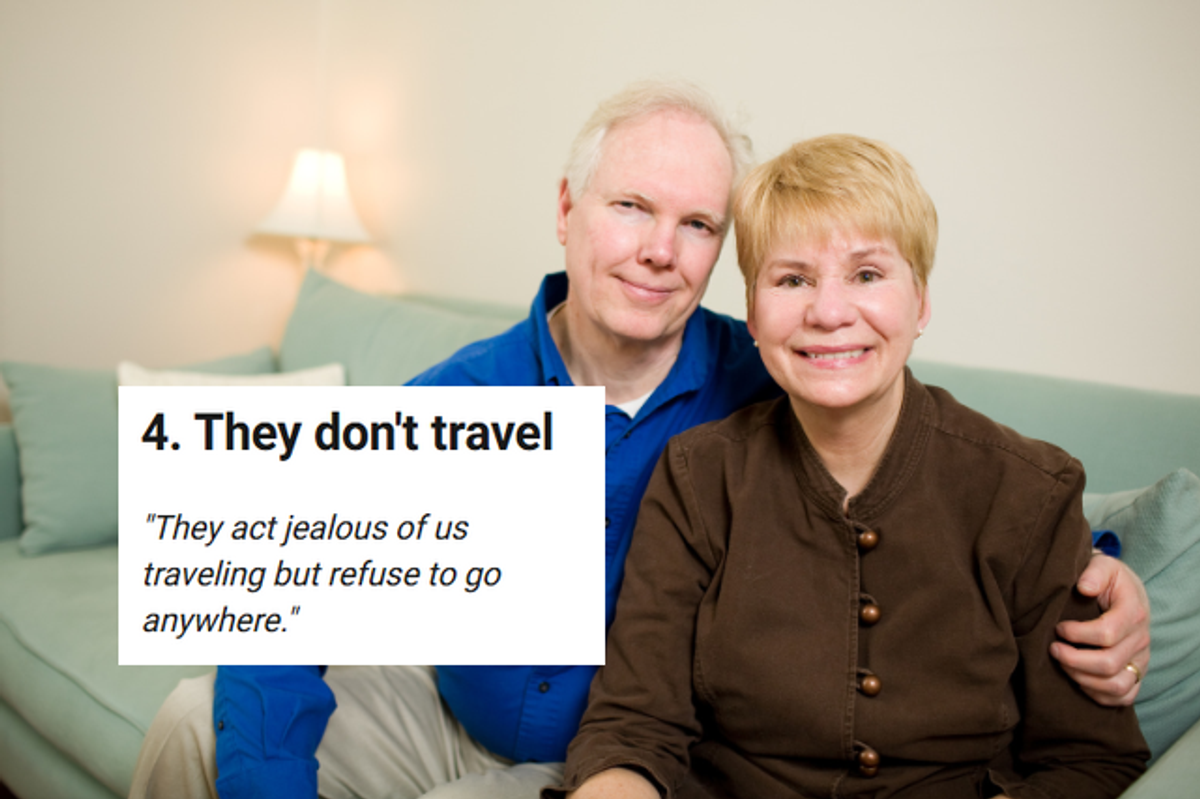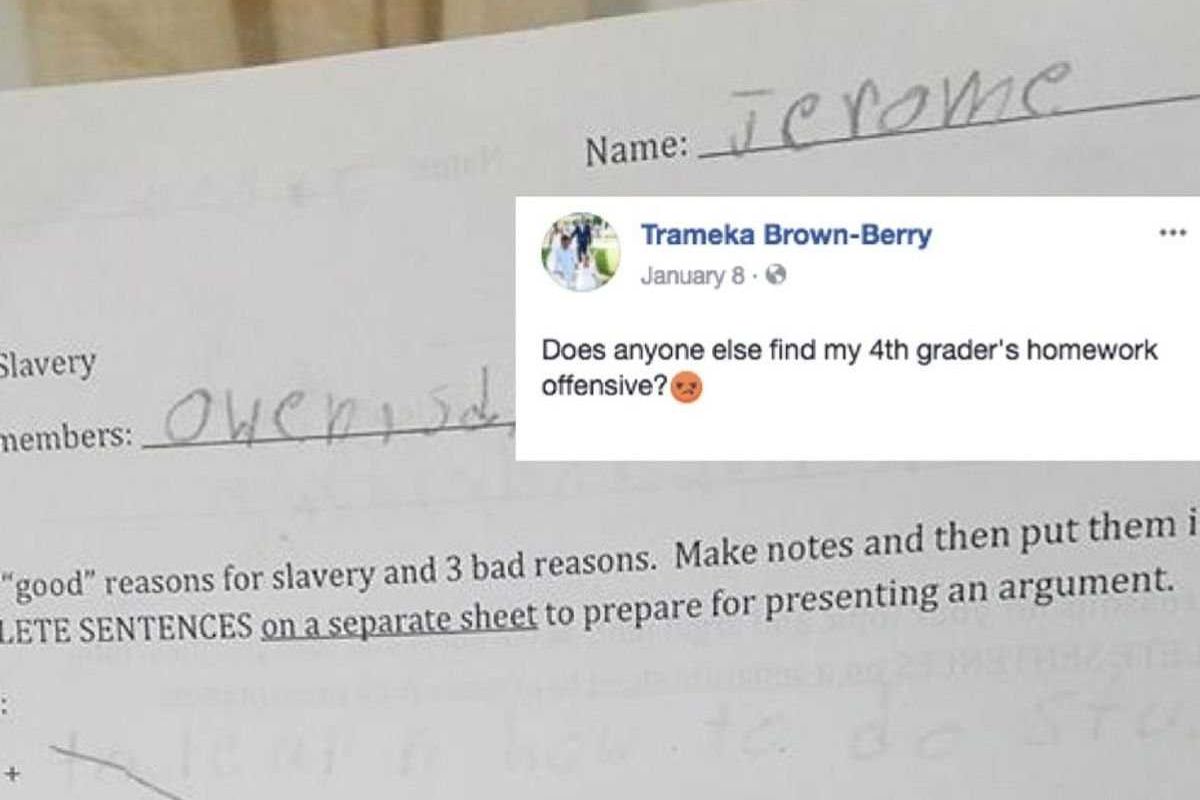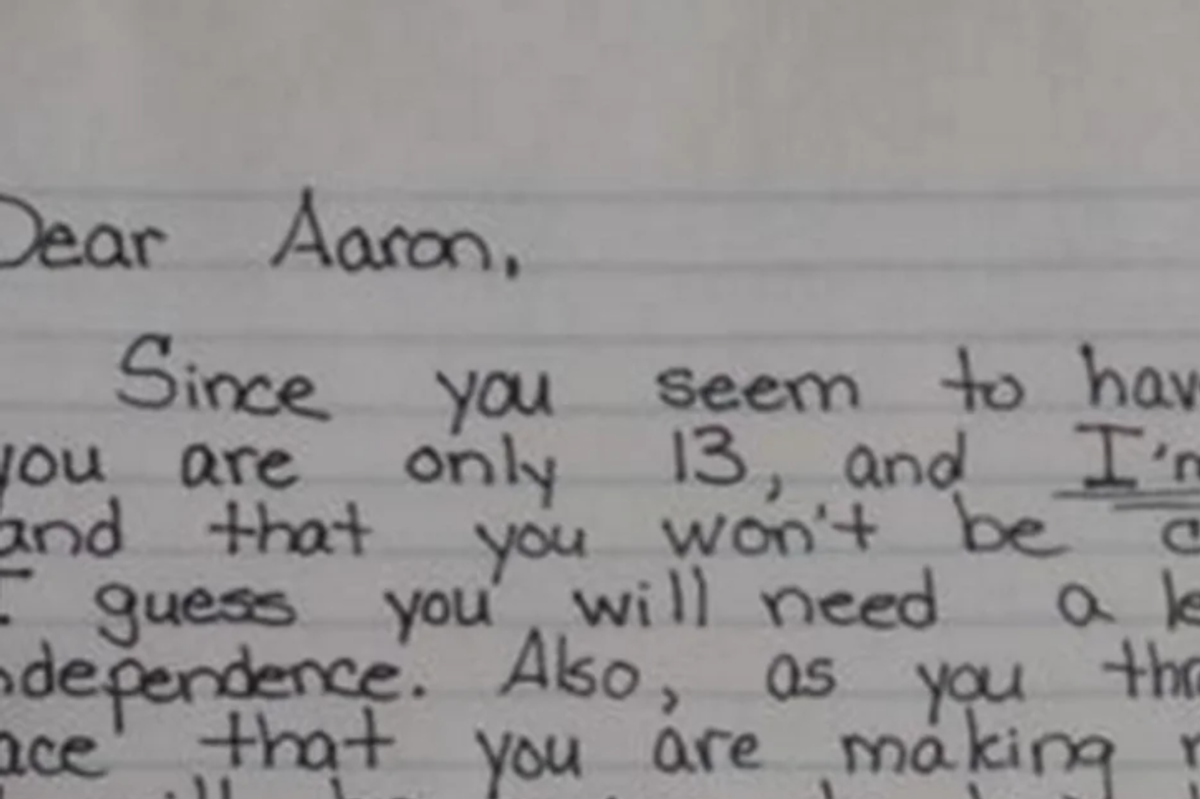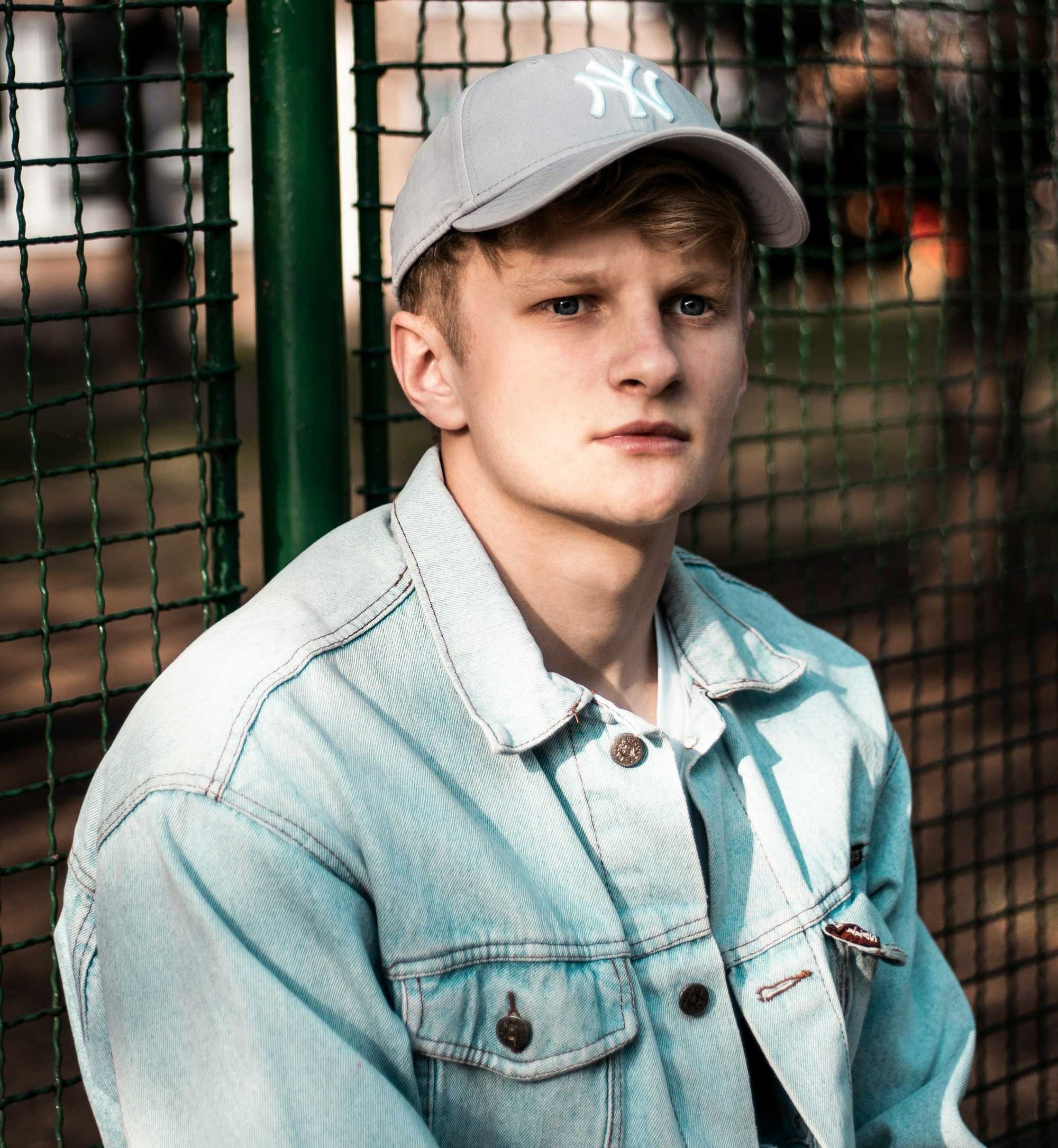This castle is something to behold, but its renovation is so much more than merely beautiful.
Helping the Earth never looked so beautiful.
Take a look at the gorgeous Chateau Gudanes.
"After the storm ..." Image via chateaugudanes/Instagram. Image via chateauduganes/Instagram.
It has an even more gorgeous story behind it.
This chateau was designed by Ange-Jacques Gabriel, the same architect who designed Marie Antoinette's personal mini-chateau, the Petit Trianon, and parts of Place de la Concorde in Paris. Beautiful, right?
"Morning mists retreating from Chateau de Gudanes..." Image via chateauduganes/Instagram.
The Chateau Gudanes, located in the south of France, was built in 1741 for Marquis Louis Gaspard de Sales. Apparently, he threw some pretty lavish parties. It's rumored that even Voltaire allegedly attended a few. The chateau managed to survive the French Revolution (some didn't fare so well), but soon the era of aristocratic parties was over and the chateau sat vacant.
Until the 1990s, when developers bought it with the plan to transform the 94-room castle into 17 luxury apartments. They weren't granted the renovation permits to so drastically alter a historical monument, so the chateau just sat there, crumbling.
Then, in 2013, the crumbling chateau found its new loving owners.
Those owners are Karina and Craig Waters. They're from Perth, Australia, and they have two kids. After deciding they wanted to purchase a home in France, they took many trips and saw a whole bunch of places that were "renovated, clean, and neat" ... but that's not what they wanted.
They wanted someplace with a little more life.
"Days like these with the sun high in the sky remind us of the simple pleasures in life..." Image via chateauduganes/Instagram.
Thanks to an online search by their 16-year-old kid, they stumbled across Chateau Gudanes. When they visited it in person, they knew. This was the one. They signed their final contract to purchase the chateau in 2013.
This is more than a story of some well-to-do Australians buying a cool place in France. It's an amazing expression of how valuing history, caring for a community, and listening to each other pays off. It pays off by helping the Earth. Really!
For starters, a 2011 report from Preservation Green Lab found that reusing a building can actually help an entire community reduce its carbon footprint!
How's that for an unintended consequence?
Now, to logistics of castle reuse: The couple decided that Craig would return to Australia while Karina supervised renovations (while she lived in the stables!).
"Hello from our base of operations! Dreams and plans taking shape..." Image via chateauduganes/Instagram.
Such a massive renovation project hasn't always been an easy process.
They've been renovating since November 2013. Karina's taken intensive language courses and had to persuade the very strict — and very slow — French bureaucracy that decides whether owners can renovate historic monuments to allow her to proceed. She got permission, but not easily, and getting the necessary permissions to continue the work continues to be a struggle. But she keeps going!
"We have a building permit!" Image via chateauduganes/Instagram.
And it's all been worth it.
"Builder arrived today, well at least a big truck, wheelbarrows and some scaffolding." Image via chateauduganes/Instagram.
The blog they started to document the whole process beautifully captures their intent:
"Our aim is to tread lightly and gently — to preserve the atmosphere and authenticity of the Chateau and region as much as possible. She will be renovated but her rawness, wear and history will not be erased, but instead integrated."
"First time I have opened the window, such a joyous moment." Image via chateauduganes/Instagram.
It's beautiful. Even the mere first opening of a window is cause for celebration.
Much more beautiful than luxury apartments ... and it's not just about what looks good. They're also preserving history.
And get this: Renovating this older building also turns out to be better for the planet than building a fancy new place.
You might think newer buildings are more efficient and so better for the environment, but it's actually a little more complicated than that. Preservation Green Lab's 2011 study found that there's a possibility it could take 10-80 years for a new building to be a net positive on climate change.
Helping the Earth never looked so beautiful.
"Builders onsite, working hard." Image via chateauduganes/Instagram.
Look at all the beautiful elements of the renovations ... all helping the Earth, bit by bit.
Image via chateauduganes/Instagram.
Many of the "new" items in the chateau aren't new at all. They're found from "brocantes" or vintage and antique stores from the Ariege region, where the chateau is located.
Image via chateauduganes/Instagram.
While their goal is to renovate the castle and preserve history, such a cool choice is made even cooler by the fact that such a renovation benefits the planet!
And they've got big plans for 2016, too. As they have stated on the website where they're tracking their progress:
"Our plans for the future keep changing and evolving, and they are only in their infancy, but we hope to welcome you as soon as possible. Ideally, to begin, a cafe and tours, even in its well worn state. By 2016 we would like to also offer you accommodation, a gift shop, and facilities for weddings, music festivals, local fêtes, workshops, conferences, seminars and courses.
"Have been sharing the château with friends this week. Everyday is full of surprise!" Image via chateauduganes/Instagram.
And their renovations are moving right along.
Image via chateauduganes/Instagram.
Image via chateauduganes/Instagram.
To encourage others to follow their lead, they're hosting on-site historical renovation classes.
Image via chateauduganes/Instagram.
As the renovations continue, the chateau has opened its doors to The Messors, a group of conservationists whose tagline is "A way of life so far behind, it's ahead," and they hosted a 15-day workshop "to immerse participants in the conservation of cultural heritage encompassing decorative art, architecture, history and regional culinary culture."
Cool!
Life is truly returning — literally and figuratively — to the Chateau Gudanes.
"That darn chateau cat almost taking a selfie!" Image via chateauduganes/Instagram.
And visiting them virtually (their blog, Instagram, and Facebook are amazing) is a true get-overwhelmed-with-beauty experience.
Image via chateauduganes/Instagram.
Each day, a new discovery.
"Hidden behind pink coloured wood panelling is a 1700's wall mural we have discovered." Image via chateauduganes/Instagram.
"During the clean up of the terraces, these treasures were unearthed ... these may be Moustiers faience - a high quality glazed earthenware produced from 1679." Image via chateauduganes/Instagram.
"A new discovery — not sure where this leads!" Image via chateauduganes/Instagram.
They recently hosted a wedding at the chateau to give their future plans a trial run.
"I love you for all that you are, all that you have been, and all you are yet to be..." Image via chateauduganes/Instagram.
Even though they're nowhere near done with renovations, their vision is clear.
Image via chateauduganes/Instagram.
"The Chateau won't be a pretentious museum piece, but rather, a place to visit, reconnect with the earth and people, and restore the senses, just like she herself has been restored."
The world is already too full of luxury apartments. But it's not too full of unique historical places like this. (Could it ever be?)
Image via chateauduganes/Instagram.
By putting their money into historical preservation and renovation, this couple isn't just investing in themselves and their own finances. No. They're investing in something that they can share with everyone.
They're keeping our world beautiful and interesting, full of history and full of life.
They're restoring something that the public, even centuries from now, can enjoy and experience.
A recent blog entry sums up the reasoning behind their effort: " ..to be led by our dreams rather than be pushed by problems. "
It's a beautiful message of hope.
"A magical day in the Pyrénées..." Image via chateauduganes/Instagram.




 Family moving into a new home.
Family moving into a new home.  Driving Road Trip GIF by Rosen Hotels & Resorts
Driving Road Trip GIF by Rosen Hotels & Resorts 
 Baby boomers are a fascinating and endearing group.
Baby boomers are a fascinating and endearing group.  An average boomer's basement. Photo by
An average boomer's basement. Photo by  They love to scare their adult children with dramatic texts.
They love to scare their adult children with dramatic texts.  Boomers love to talk about random people who have died, and large-scale tragedies.
Boomers love to talk about random people who have died, and large-scale tragedies.  Boomers love staying at home for no good reason.
Boomers love staying at home for no good reason.  If it can't be held in their hand, they don't trust it.
If it can't be held in their hand, they don't trust it.  They'll keep food for way, way too long.
They'll keep food for way, way too long.  They still hold onto outdated gender stereotypes. Photo by
They still hold onto outdated gender stereotypes. Photo by  This is the generation that invented TV as background noise.
This is the generation that invented TV as background noise.  They love intensely tracking a thunderstorm via The Weather Channel
They love intensely tracking a thunderstorm via The Weather Channel 
 "
"
 Teaching teenagers about real-life consequences isn't easy. Photo by
Teaching teenagers about real-life consequences isn't easy. Photo by  Kids need to be reminded, sometimes, of how much they still depend on mom. Photo by
Kids need to be reminded, sometimes, of how much they still depend on mom. Photo by